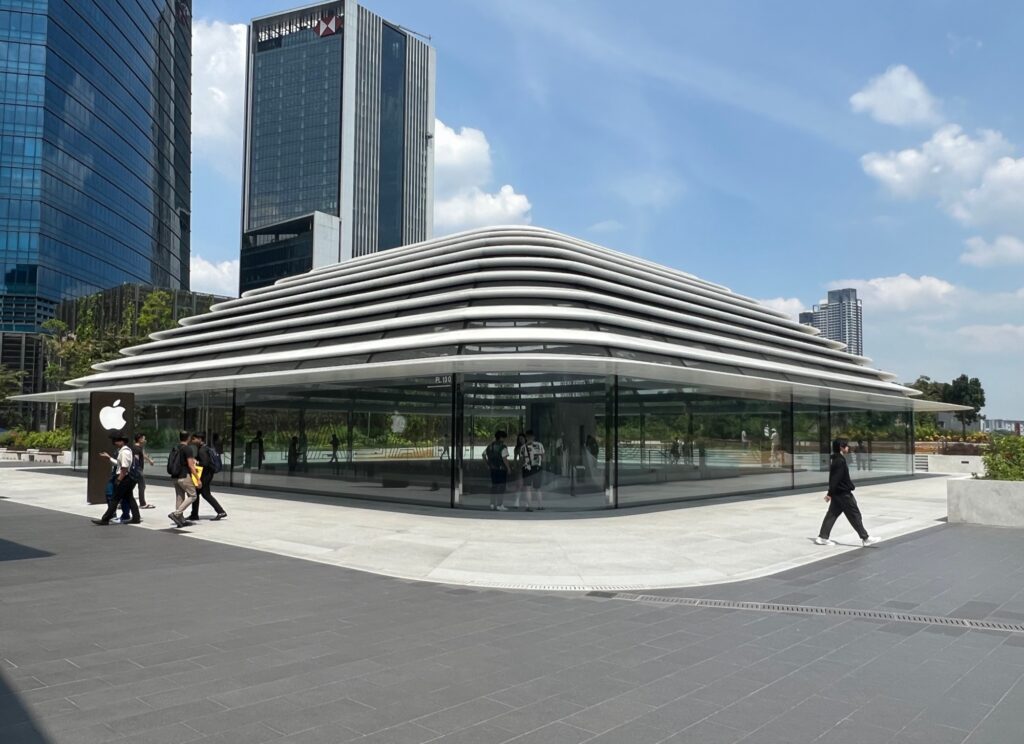
If there’s any one recurring architectural equivalent that mirrors the annual WWDC conference of Apple, then it is the opening of a new Apple Store in any country. It is also as rehearsed and choreographed as these annual unveiling events, and just like with the new iterations of their devices, each store is, in parts, a replay of their familiar tropes and yet, unlike the products, each one has certain contextual strategies that responds to the place that it is located in. Every Apple Store, in a way, is an extension of their campus in Cupertino, and therefore a revisit of their design philosophy, both figuratively as well as literally.
Large scale glass panes that look impossible to manufacture, transport and assemble, the absence of visible supports and the almost extreme attention to detail is something that is common to most of the stores. Some of these attributes can describe their products as well.

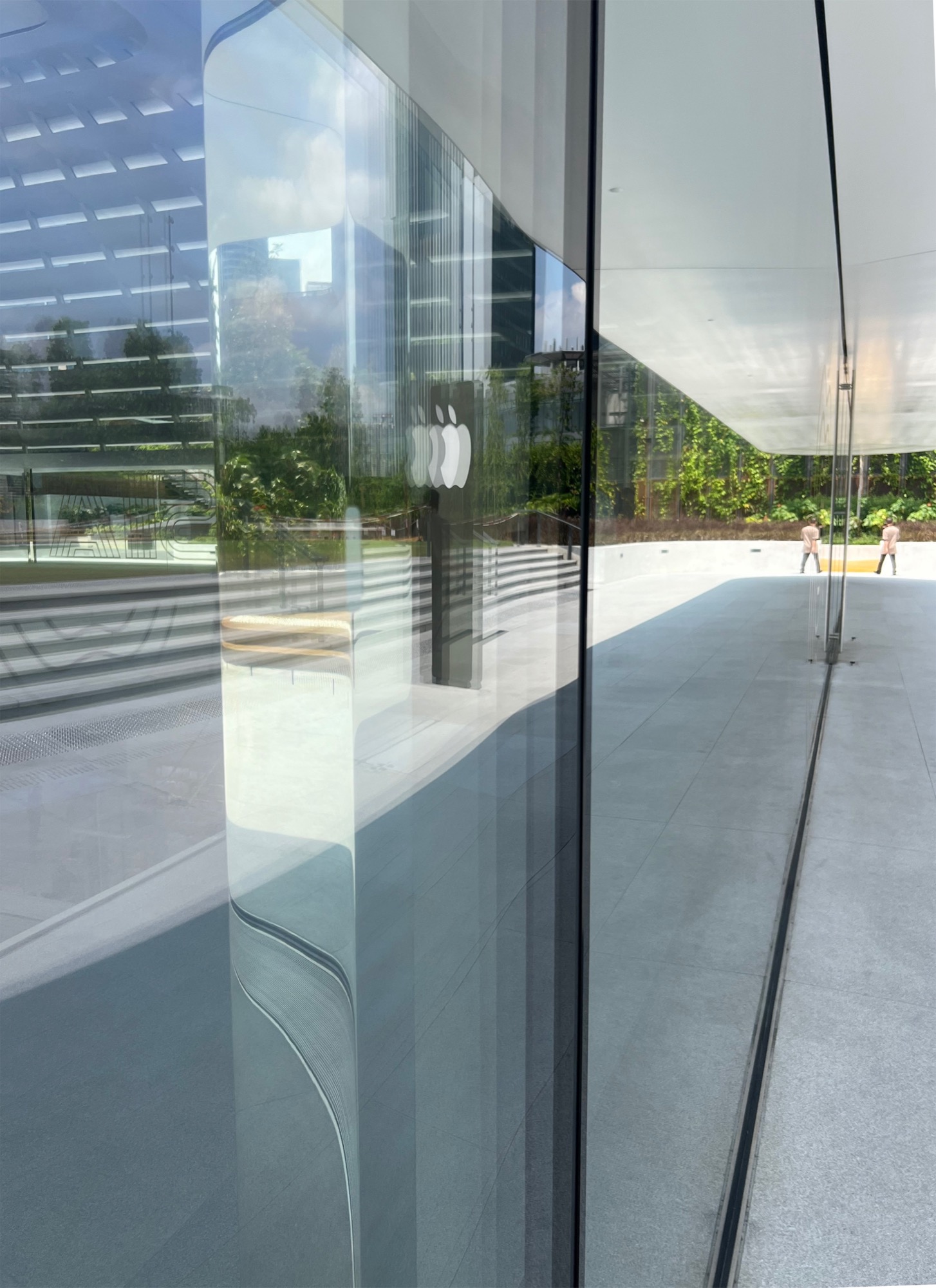
‘How much does your building weigh?’ was a question asked to Sir Norman Foster by Buckminister Fuller (Carcas & Amado, 2010, 33:47:00) much before how much our phones weighed started mattering to us, and thus Foster and Partners are a natural ally to reinforce the minimalist aesthetic that has become the hallmark of Apple.
The recently opened Apple Store in Kuala Lumpur saw a frenzy amongst the media and the larger public that could have been largely organic, but also in certain ways, orchestrated. There were these ubiquitous snaking lines of people wanting to get into the store on its opening day and these were extensively covered in the popular media. Most of this crowd already owned several Apple devices and were familiar with the others on offer, so here, what was sought to be consumed was not only the products on display but also the store itself. Unlike Walter Benjamin’s observation that architecture is often engaged in a mode of distraction (Benjamin, 1935, XVIII), here it was the primary focus of the gaze.
This gaze also took the form of scores of social media reels that went into the minutiae of the architectural details that reveal how the space is put together. The precise lines of the floor joints aligning with the air conditioning ducts, the interior lines being carried out to the exterior landscapes, the thin yet precise reveals where the floors met the walls, became the subjects of popular discourse.
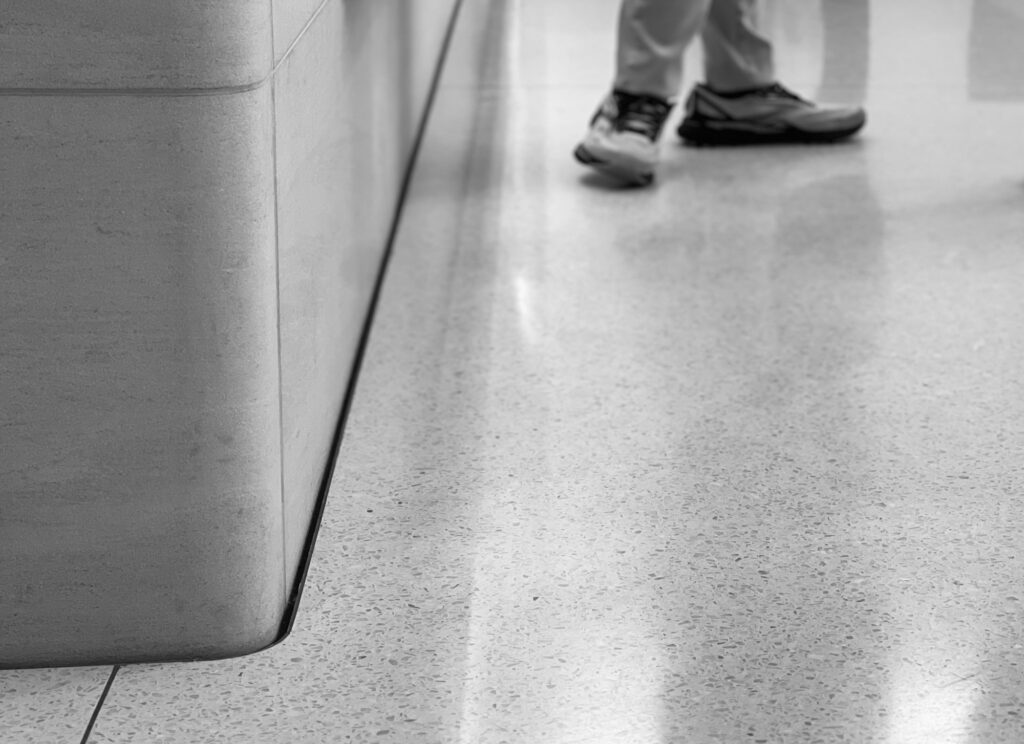
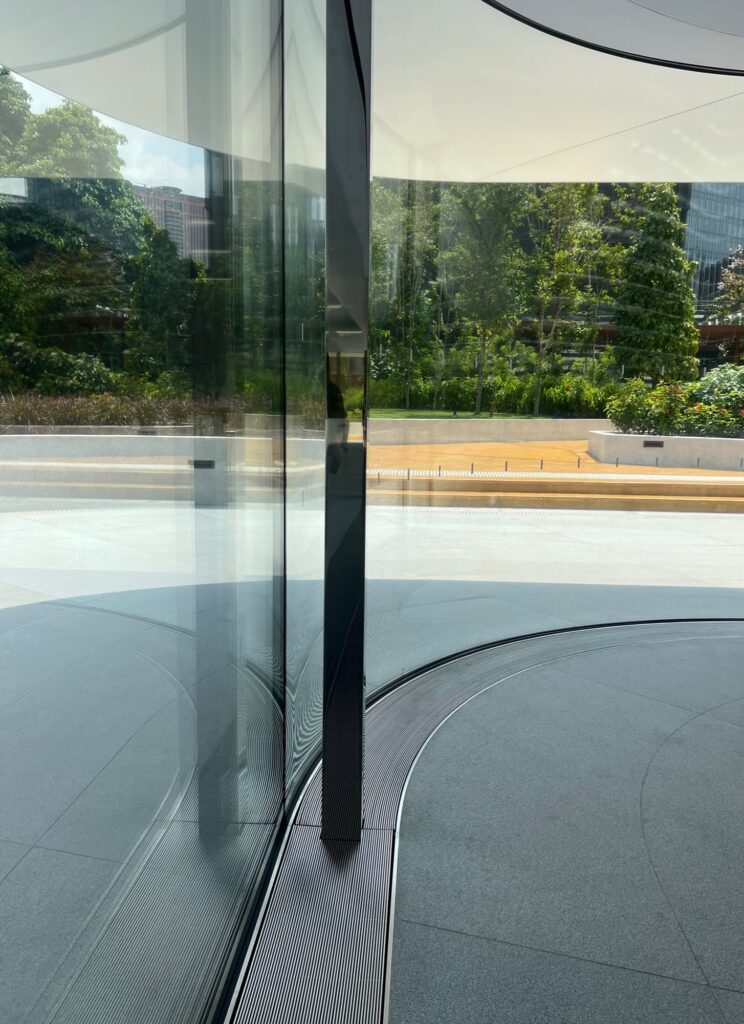
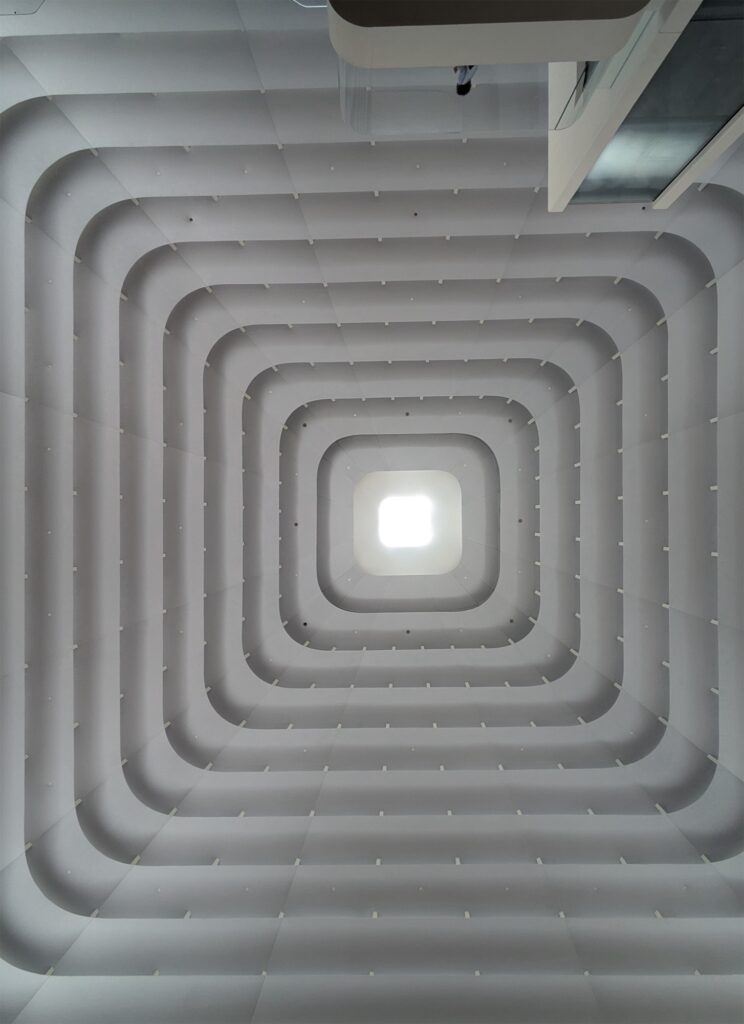
These aspects of design, that are normally relegated to the corridors of architecture schools and offices, suddenly had a new found reverence outside the esoteric rarefied world of the architectural fraternity with its obsession of assemblage.
If one were to leave these discussions about floor reveals and continuity of tile joints to the instagrammers, and analyse this interior / structure for what it is in its basest form, there could be several observations that are more pertinent. This is one such attempt to contextualise the store within a meta-architectural discourse.
This delve into the design of the store looks at three aspects that could be of interest – The thin line that separates interior design from architecture, the design as a homage to the Miesian glass box, and lastly, the roof of the store as a reinterpretation of the dome, a device that has existed in some form or the other since antiquity.
Interior Space as Architecture
The store breaks away from its shackles of being just another interior space within the larger volume of The Exchange TRX, a mall in Kuala Lumpur. It is not an easy feat for any such space to not be subsumed by the meta-architecture of a mall, but this design achieves it.
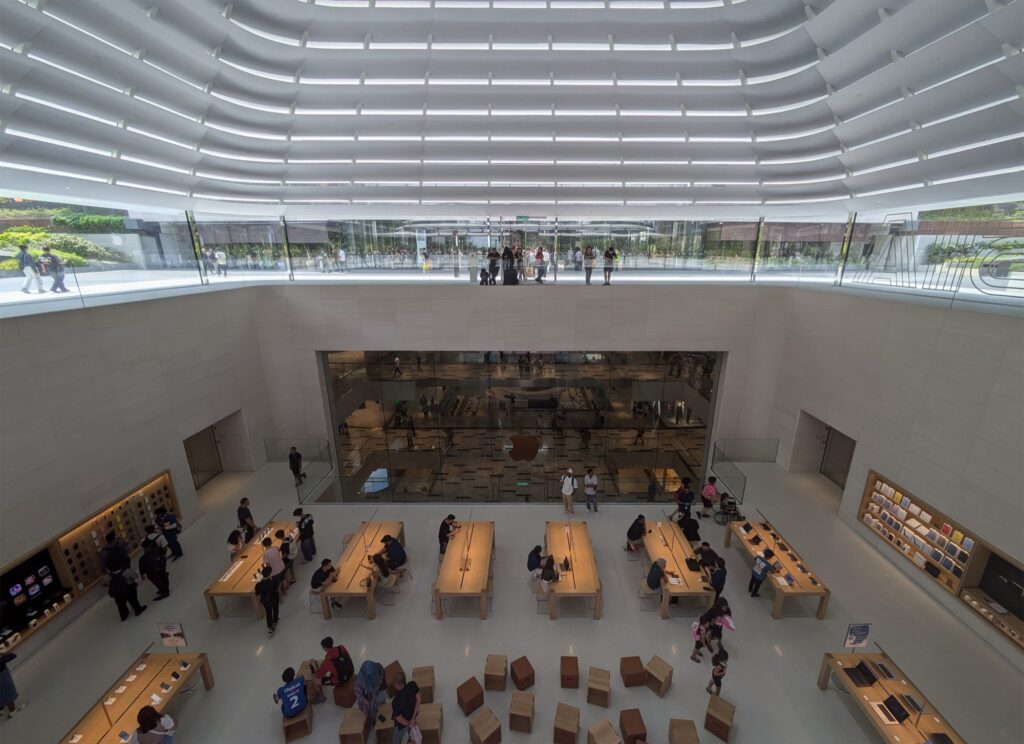
It does so by several strategies:
The walls are finished in a finely finished light beige stone cladding that looks, feels, and also sounds dense. Its tactility lends a certain gravitas that is seldom found in interior fiitment exercises.
The store is spread out over three floors, with the lowest being the actual place of business, the middle level configured as a programmable event space, and the top floor rising above the roof of the mall, and repurposing the terrace around it as a plaza.
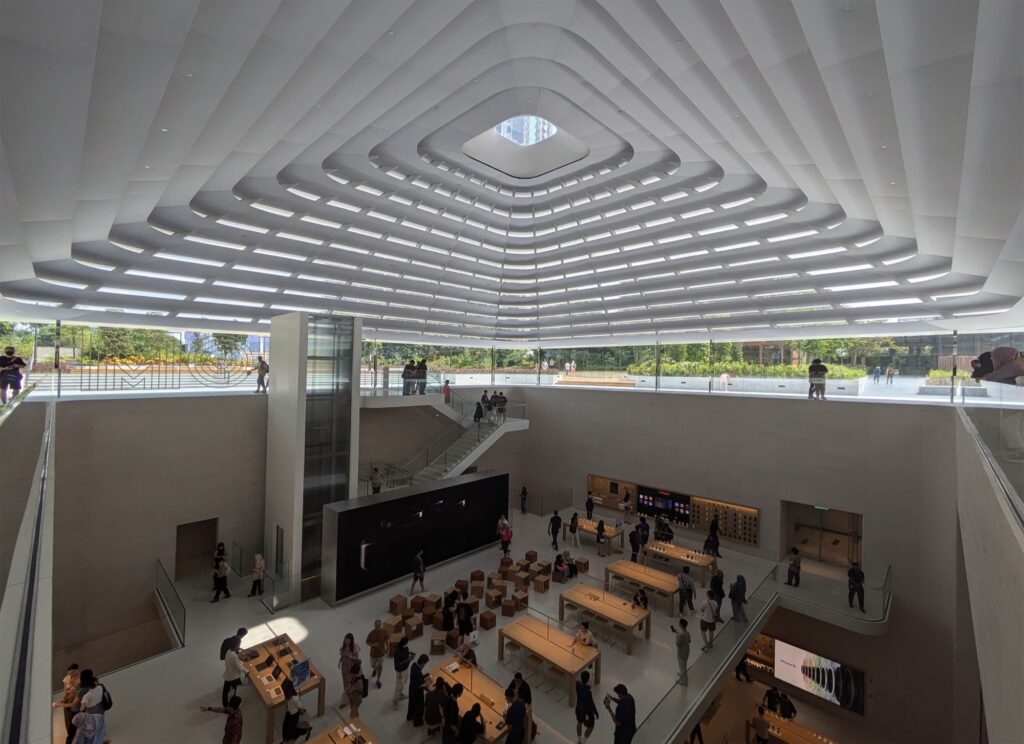
Unlike the Mumbai store that has also been designed by the same architects, and which is also located in the context of a mall, the space here is architectural, largely because of its roof’s relation to the outside and because it scripts an experience of a public space on the terrace of the mall.
Out of all the strategies at play, It is this singular move, that of breaking out of the confines imposed by the mall and colonising the roofscape, that makes this an architectural intervention.
Whereas the lower floors fulfill the more pragmatic requirements of the program, the topmost floor is only a viewing gallery that runs along the periphery with a large void in the center. The line between the interior and exterior is just a skin of frameless glass, and here it is more emphatic than on any other floor.
The top most floor is essentially a gallery space, with thin metal columns along its outer glass skin, supporting a rectangular dome that roofs the entire space. This dome, that is also a skylight bathing the whole store with an ever changing diffused light throughout the day, can be viewed from all levels of the store but is truly revealed only once one reaches the top.
Supports for the rectangular dome are kept to a minimum and are also clad in a mirrored material so as to render them almost invisible. Supports in general are suppressed, and there is a sense of awe that is sought to be evoked, whether in creating the feeling of a floating roof or placing a staircase that cantilevers almost impossibly. There is a certain refined ingenuity and care in the approach to details all across the design and more so in the roof and the staircase.

The staircase subtly trembles and vibrates as people use it, and there is an intended sense of fragility to this otherwise robust looking element. These deflections instill a slight feeling of uneasiness as one goes to the edge of its mid-landings, but this feeling is also accompanied with intrigue and wonderment, because it also makes you look at this staircase more closely, and a realisation dawns that it has little or no supports, except at places where it meets the main floor slabs.
From the outside, this rectangular volume of glass, curved at the edges and supporting a dome of layered fins dominates the landscape and has an air of austerity about it almost like a temple would. It is this structure and the breakout space around it that is the definitive ‘hero’ element of the store.
This project by Foster and Partners could be said to be a revisit of two buildings, both located in Berlin, one by Mies van der Rohe and the other by Foster himself.
The Miesian box revisited
Mies’ Neue National Gallery at Berlin strives to be the ultimate glass box – The holy grail of ‘Universal Space’. In order to achieve this, the design relegates all essential and core functions of the museum, including its display spaces, to the underground. This allows for the building to be perceived as a simplistic rectilinear volume that is placed in a large plaza – A distinctive and formidable steel roof floating above a transparent skin of glass.
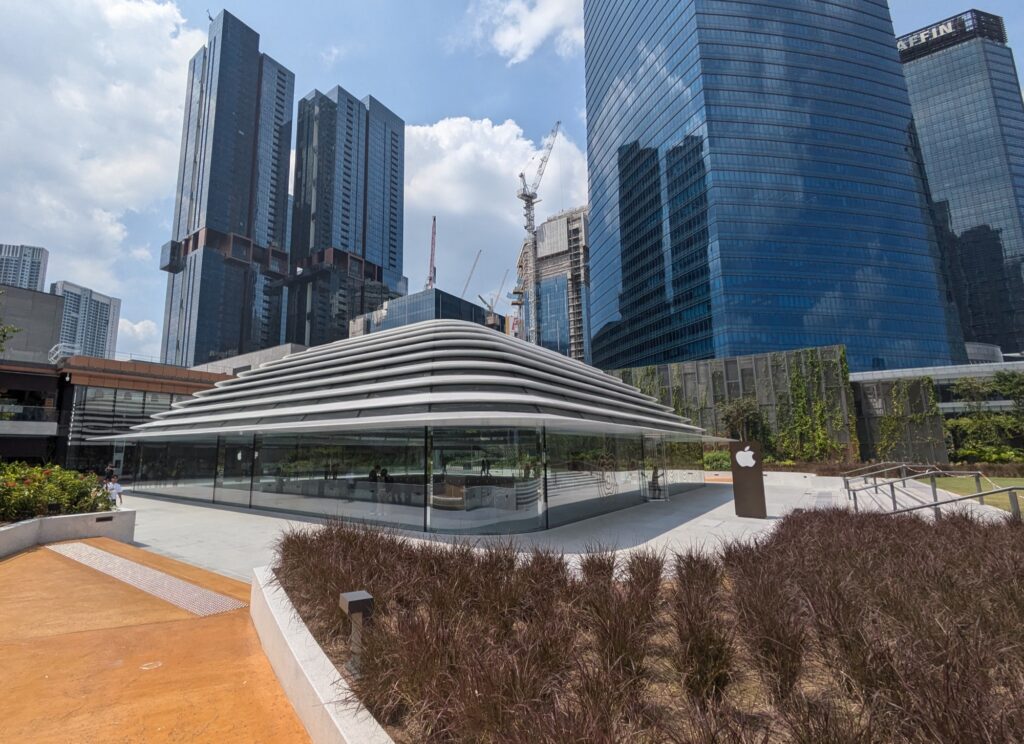
For a form that is so celebrated and so elaborate in its details, It serves no other purpose than to act as a foyer for the function that lies underneath.
Diagrammatically, this is also true of the Apple Store. Here too, the top floor is the most expressive and visible part of the design and yet it serves no purpose other than letting you inside the space.
It has the same relation to the outside as the Neue National Gallery and here too, there are deliberate and clever structural ruses to make it look as if the roof were floating on thin glass walls. What Mies could achieve in a rudimentary manner, given the time and the technology when he did it, culminates here in its finest rendition, albeit in a softer form that is more in consonance with the products the store sells. This space could be seen as a testament to architecture’s enduring and century old engagement with the glass box, and how this formal device has come to attain a certain universality that transcends typologies and geographies.
The domed space as a voyeuristic device
The other building that this design references is the terrace dome of the Reichstag in Berlin. Just like in the Reichstag, here too, the dome is not a solid element but is suggested by a series of horizontal planes that are sectionally displaced.
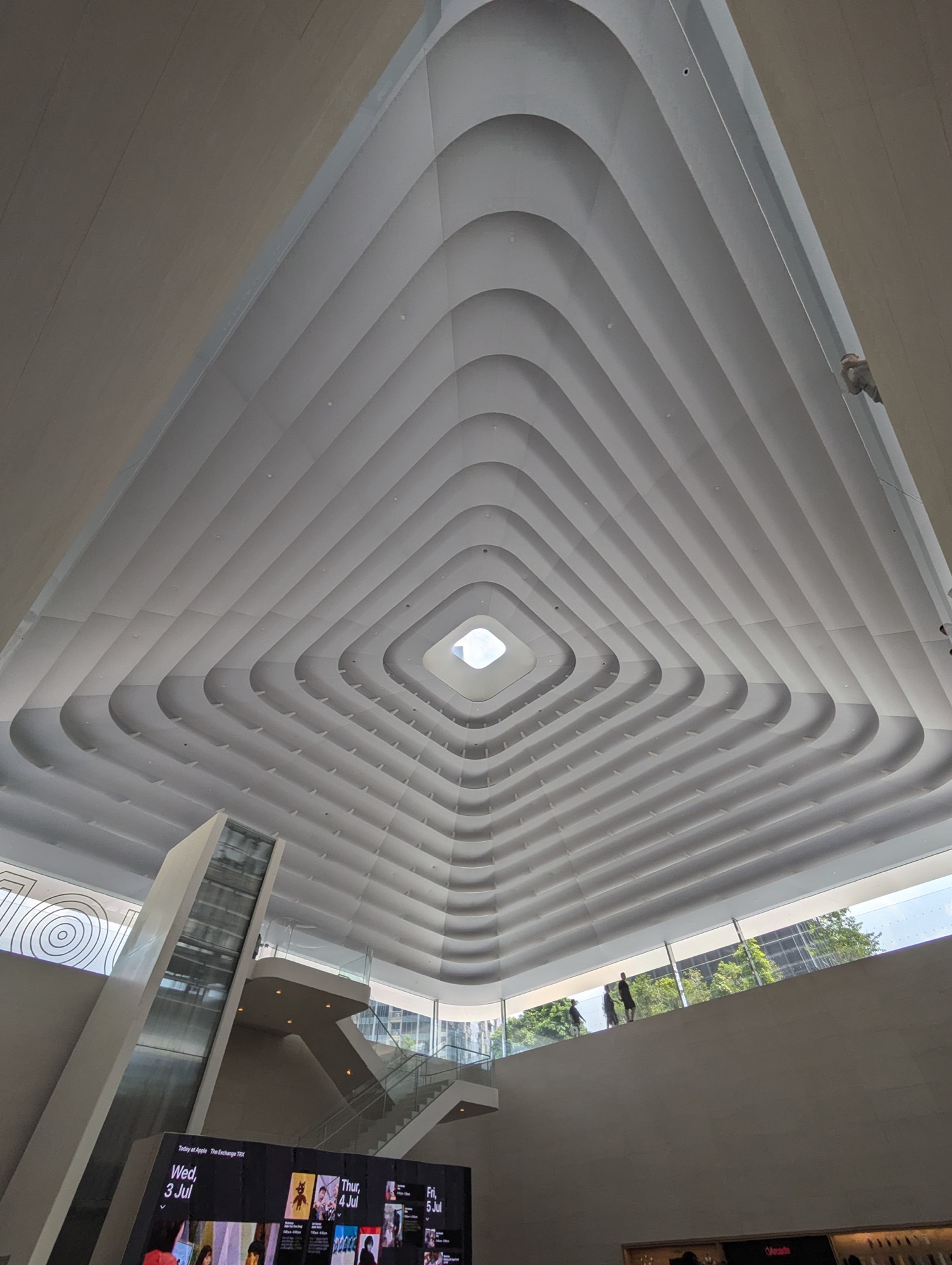
It is in its program where the reference to Reichstag comes into play. Like the terrace gallery of the Reichstag, the domed space essentially serves no other purpose than that of looking down into the interiors or out to the exteriors. It is a voyeuristic space that is inscribed with only one singular purpose, that of seeing and being seen and also photographing and being photographed in.
The dome, like most traditional domes, lets the gaze travel upwards towards the sky, in contrast to a horizontal slab where the ceiling forces one to only look horizontally out to the exteriors. Here, the juxtapose of the two, the dome and the glass box creates an interesting interplay.
There is another aspect to this dome that harks back to a more antiquarian connection. Islamic builders in the past had devised several strategies to resolve how a domed roof could be received by a rectilinear base and here that problem has a more contemporary response – that of making the dome itself rectilinear.
In conclusion
The KL Apple Store transcends the narrow confines imposed by designing retail spaces within malls and aspires for a role that, hitherto, only architectural objects could aspire for. It melds millennia old spatial techniques such as a dome with an oculus, with a century old architectural obsession with ‘the glass box as a figure on the ground’ to sculpt a space that is meant to function as a temple of consumerism.
With its ode to the Miesian glass box, the store that sells products built on an aesthetic that is a carryover from designers such as Dieter Rams, reinforces the lasting legacy and continued relevance that the Bauhaus and its modernist project would create despite the brevity of its physical existence. It also is a commentary on how the egalitarian aesthetic of the early modernists has been slowly co-opted by the larger capitalist enterprise and has come to represent high fashion and culture.
Furthermore, it is also unsurprising that the allusions that the store evokes are of a museum or even the public space of a parliament, because this project tries to infuse the gravitas of a cultural space to what is otherwise a retail space in a mall. This store and its design is a testament to the exalted cultural status that brands and products have come to occupy in our consumerist world.
Image Credits: Namrata Betigiri

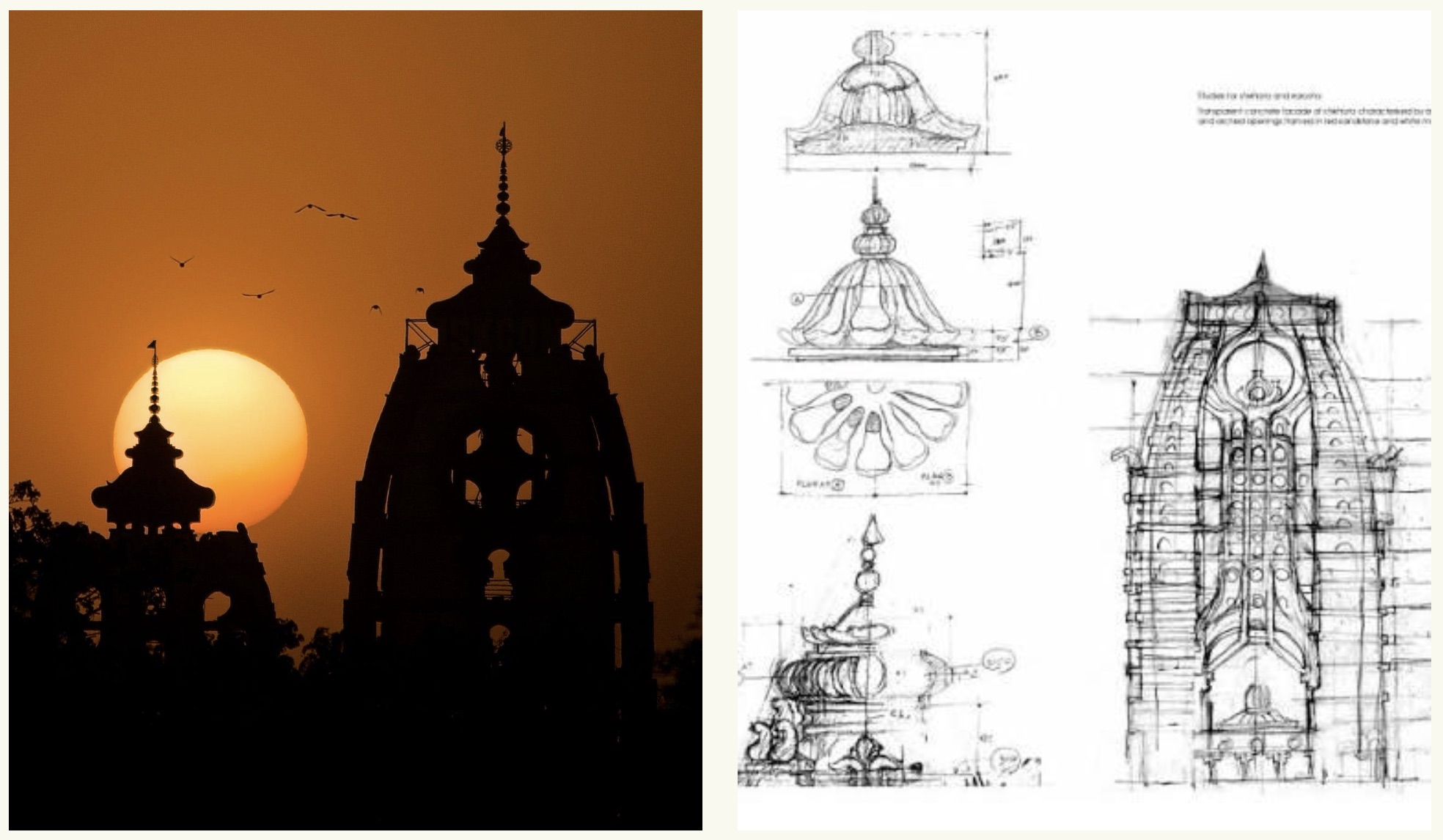
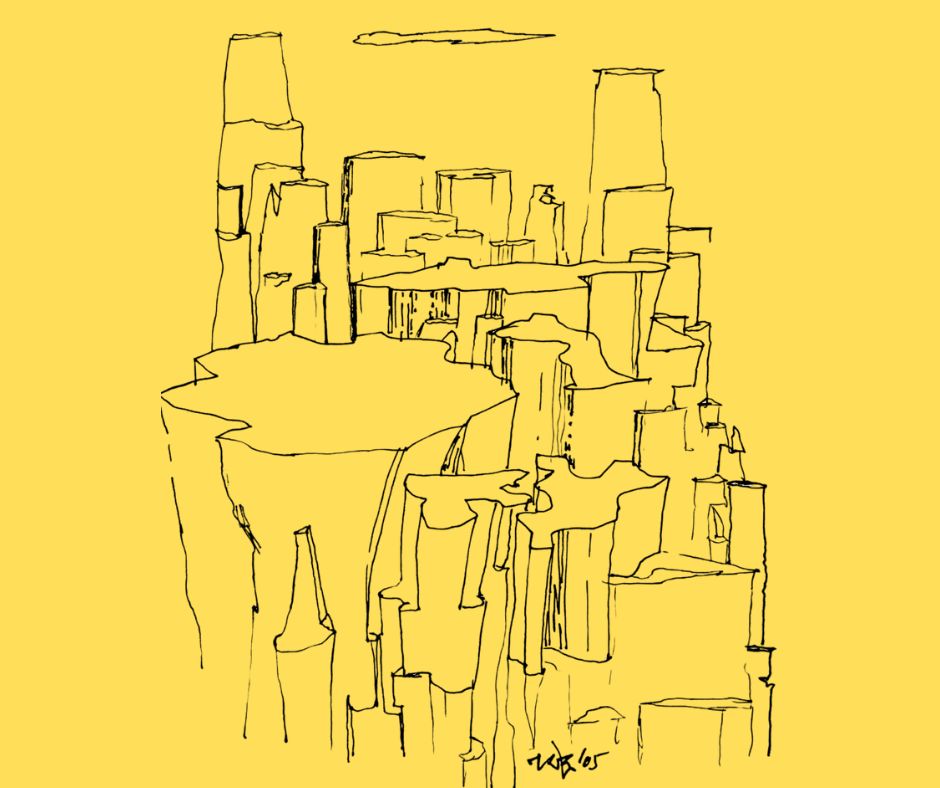


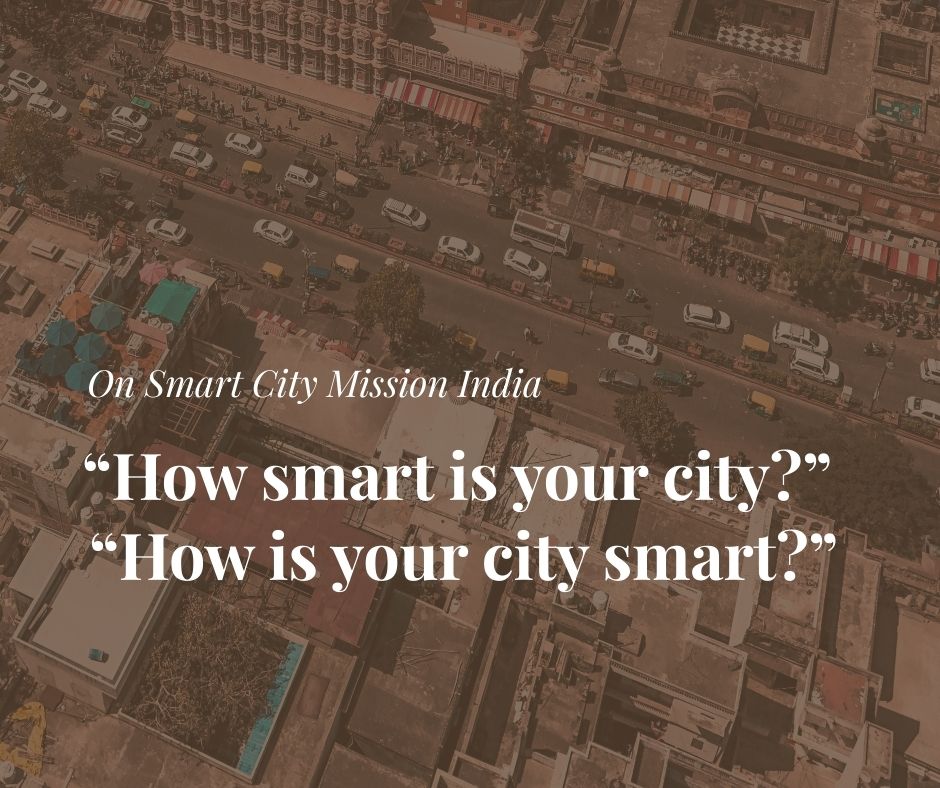

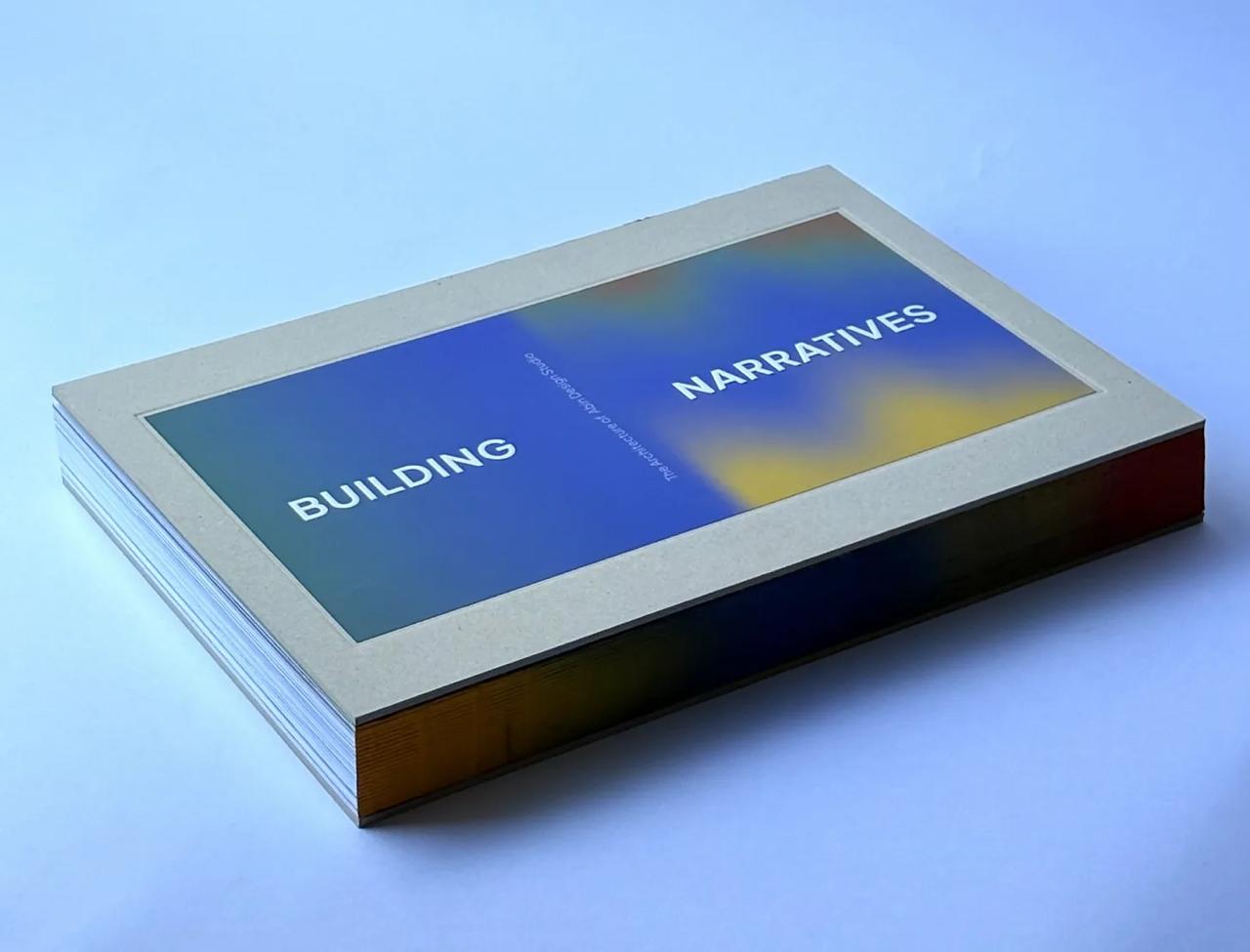

One Response
An insightful commentary on parallels between architectural and cultural production. The photographs lend perceptively to the narrative.